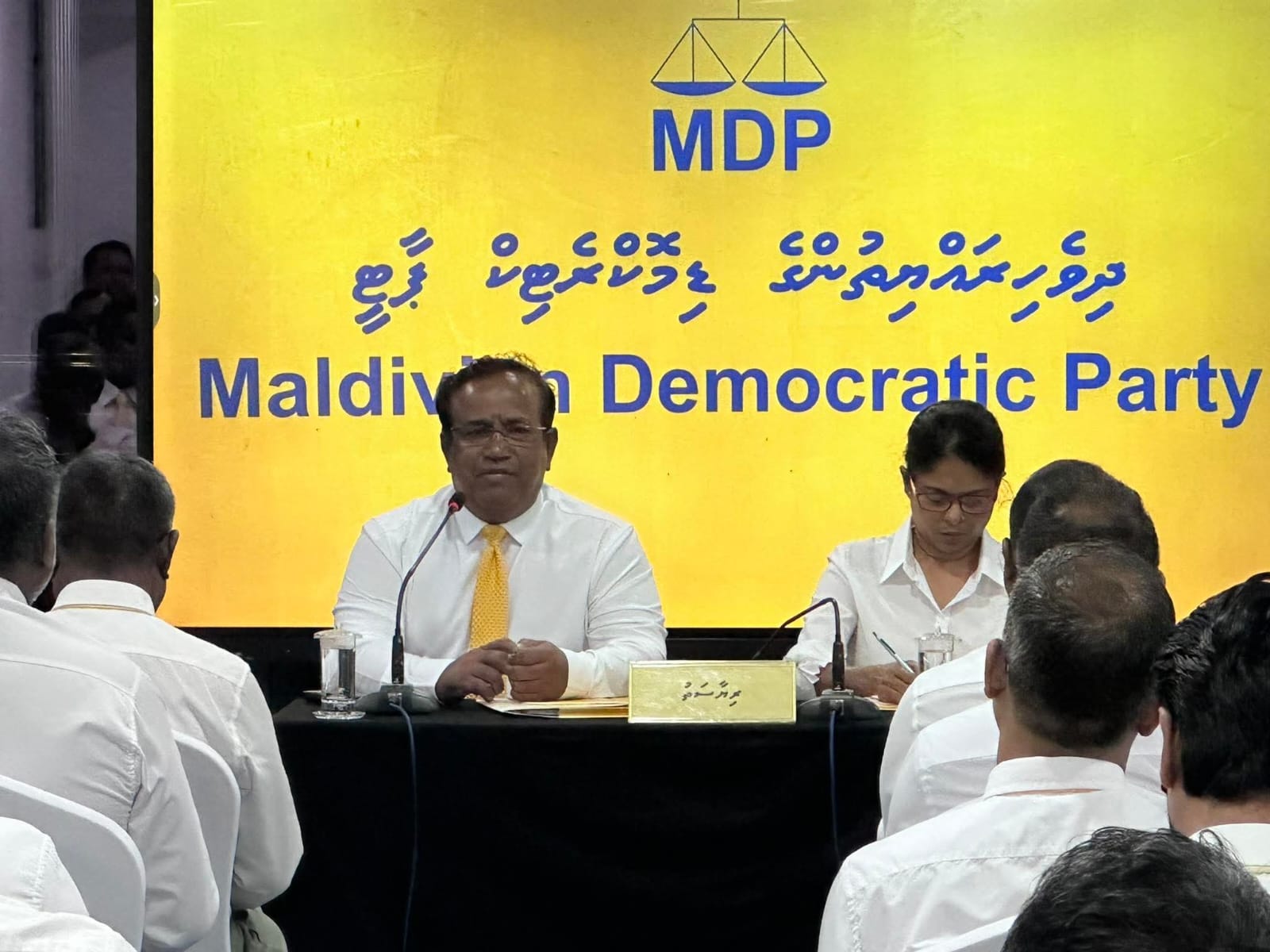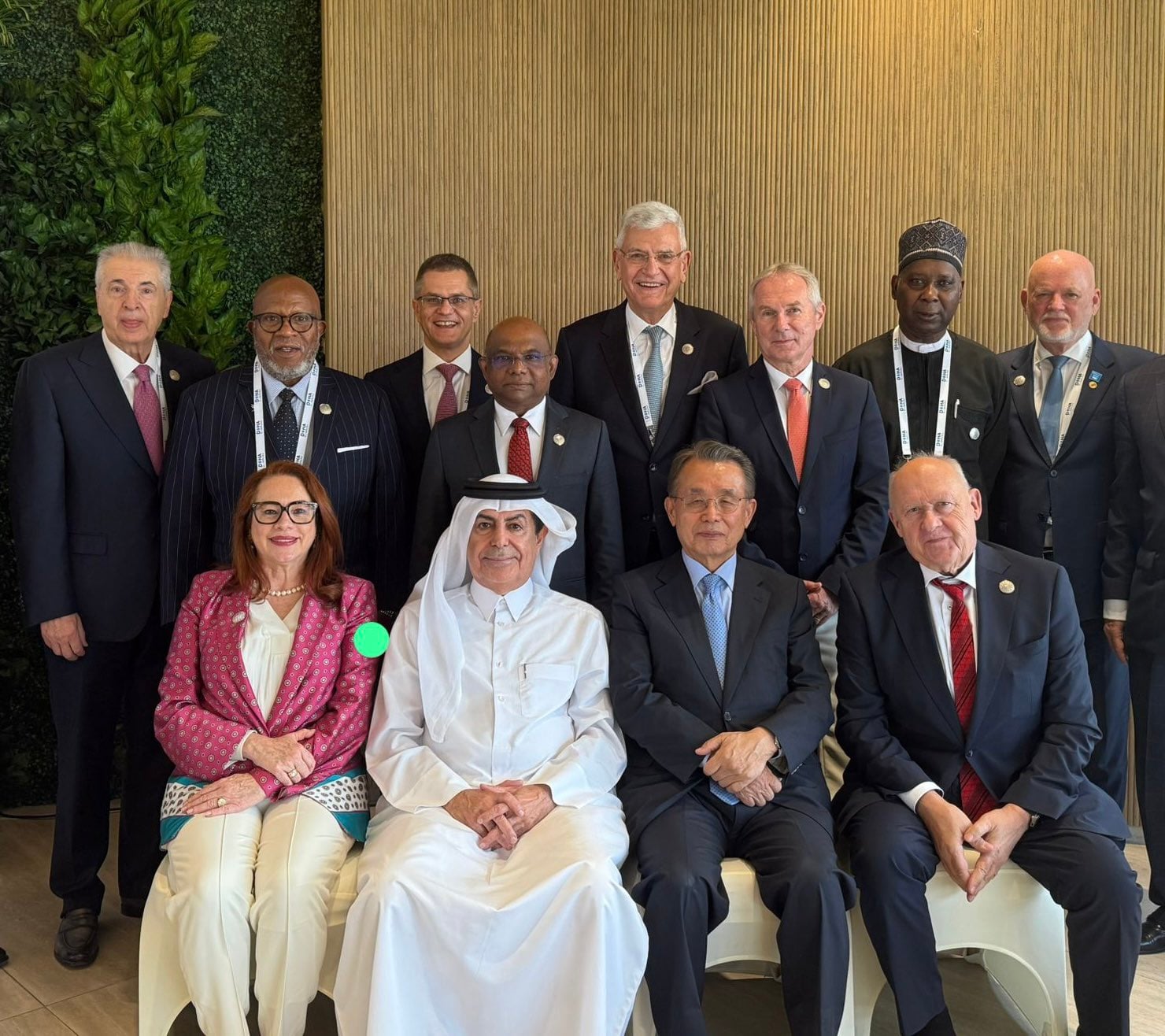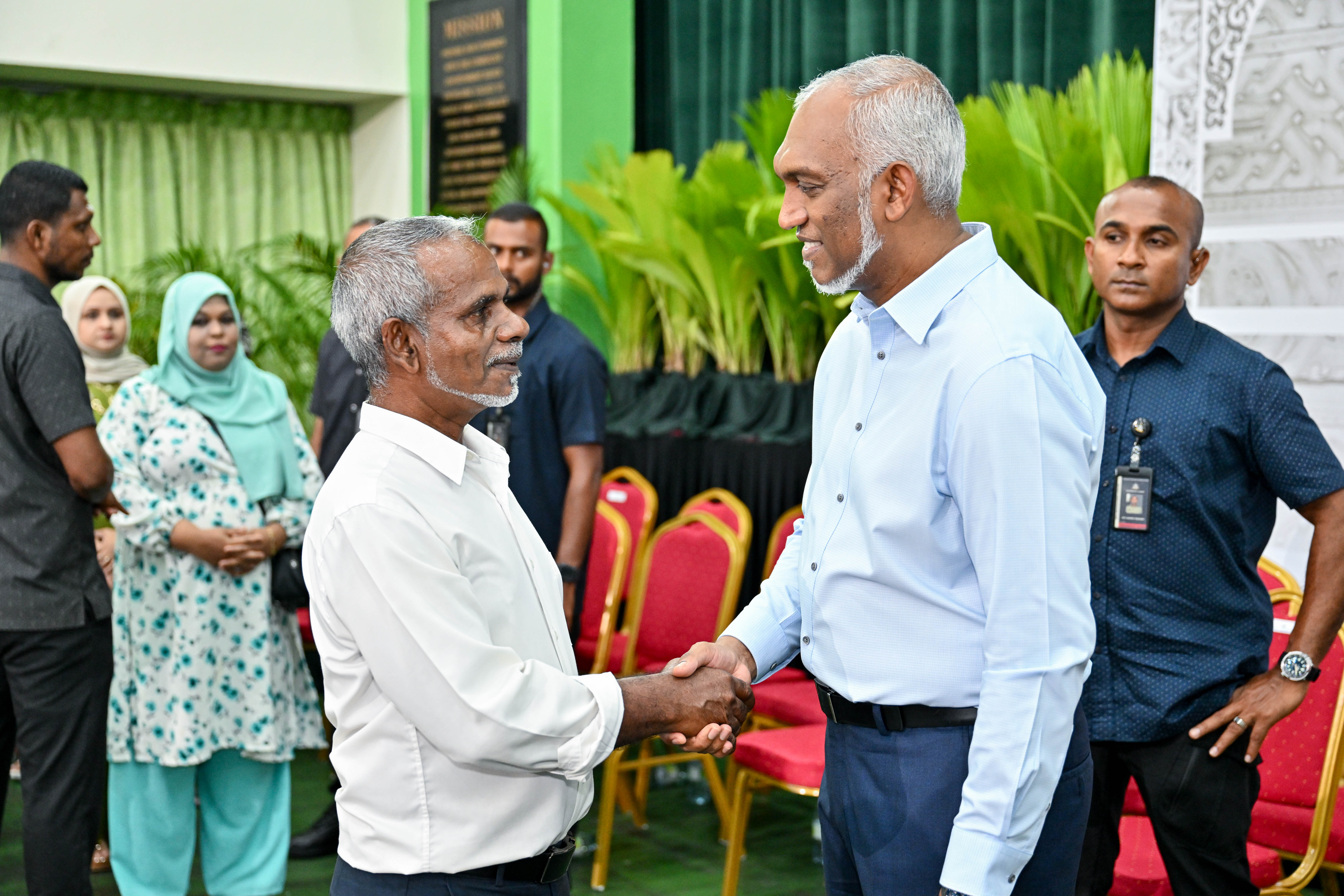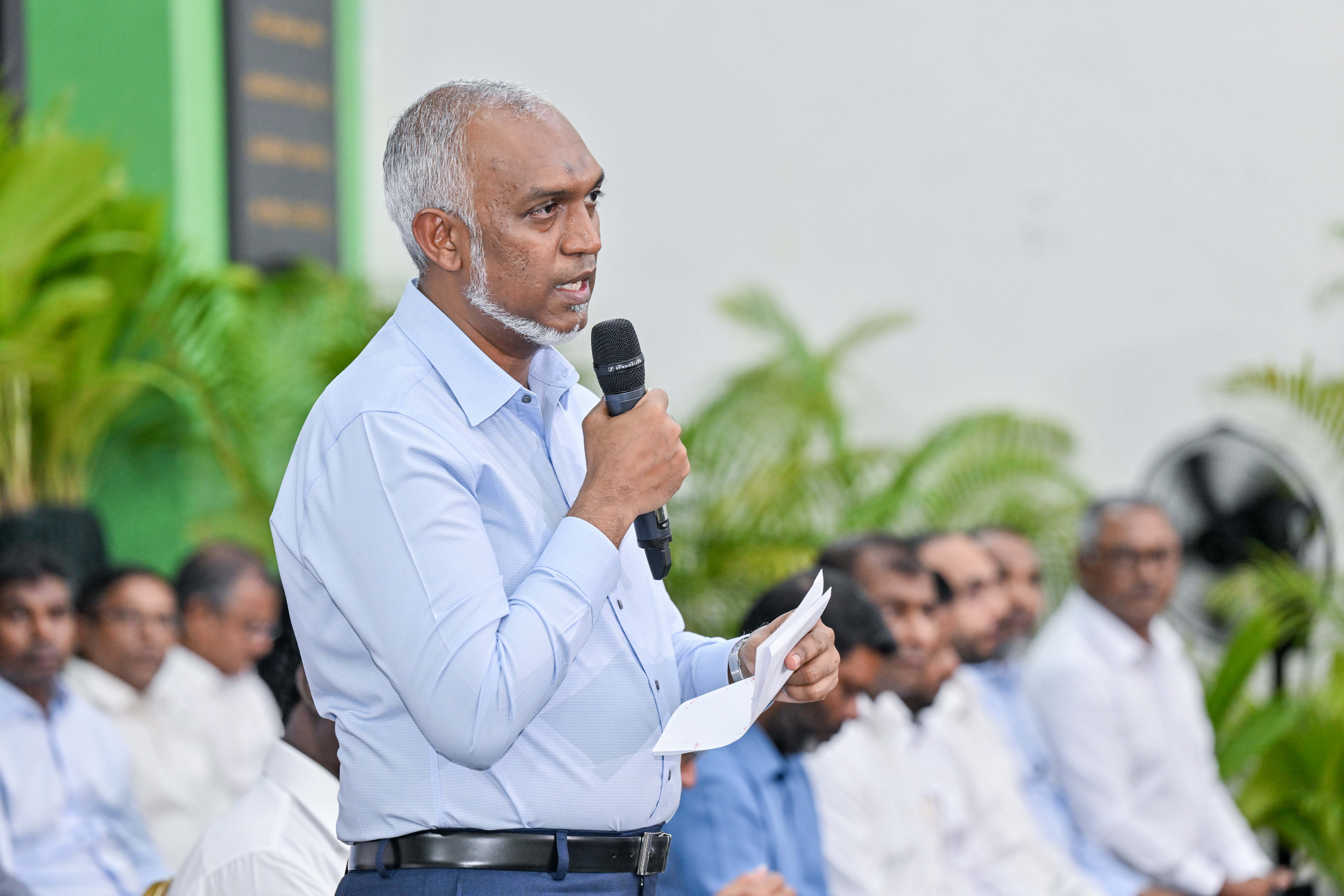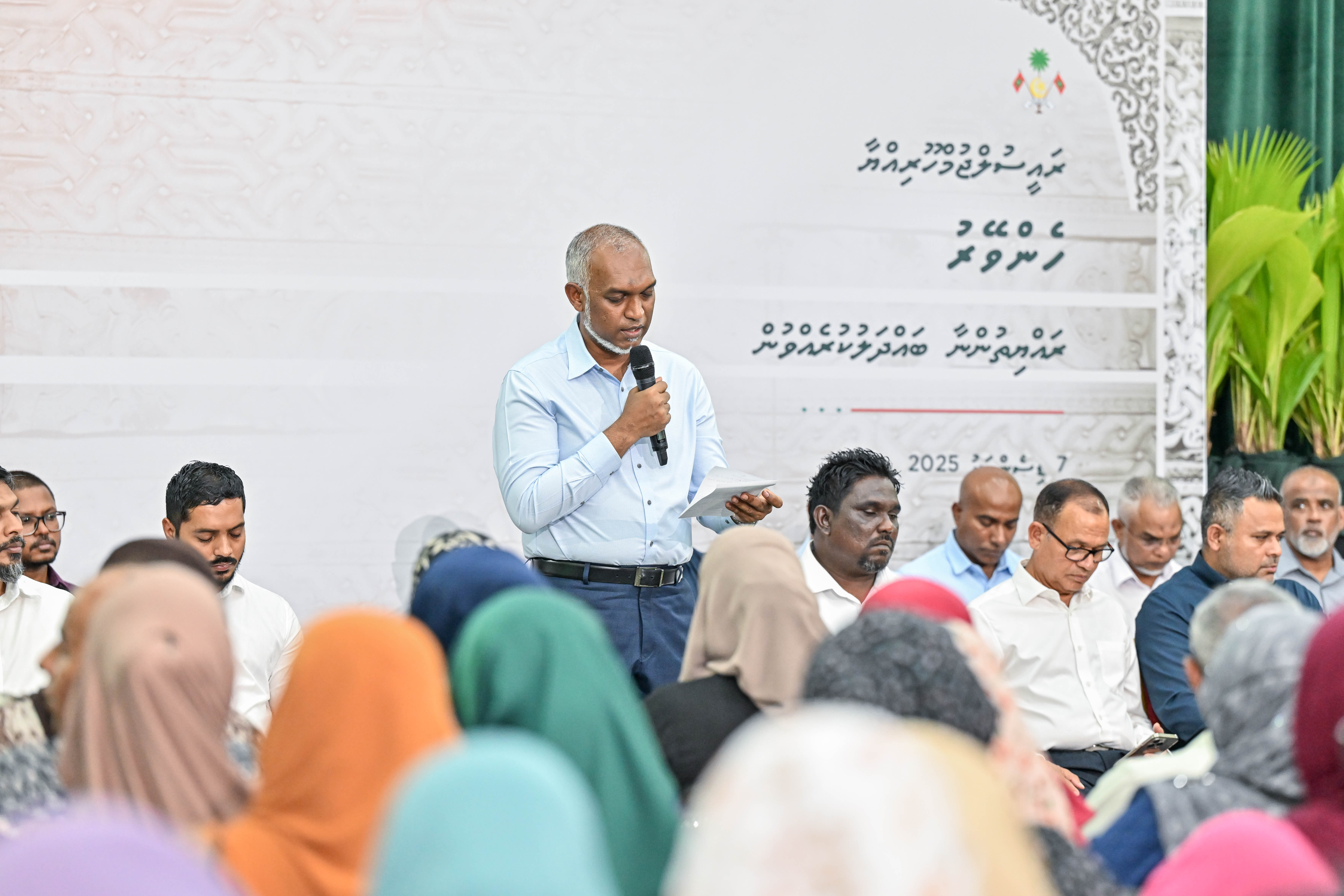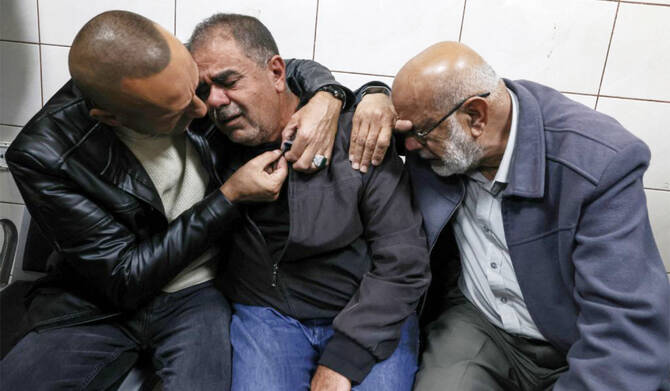India’s Prime Minister Narendra Modi visits Indian-administered Kashmir on his first major trip since stripping the region’s limited autonomy two years ago.
Modi arrived amid massive security and addressed thousands of his supporters to mark Panchayati Raj – a day that commemorates grassroots democracy in India. Tens of thousands of people and elected officials from local councils across the region assembled in Palli village near Jammu city for the speech.
In his address at Palli village in Samba district in the southern city of Jammu, Modi said: “It’s a proud moment that democracy has reached the grassroots level in Jammu and Kashmir,” adding that more than 30,000 representatives are now running the village system on their own.
But officials say that its council members have no legislative powers. The region has been without an elected government since 2018.
Modi’s two previous visits after Kashmir’s status was changed were to military camps to celebrate a Hindu festival with soldiers. In 2019, Modi’s government revoked the region’s semi-autonomous status, annulled its separate constitution, split the area into two federal territories — Ladakh and Jammu-Kashmir — and removed inherited protections on land and jobs amid unprecedented lockdown.
The region has remained on edge since, as authorities put in place a slew of new laws that critics and many residents fear could change majority-Muslim Kashmir’s demographics.
Kashmir is divided between India and Pakistan and both rivals claim the region in its entirety. Rebels have been fighting against Indian rule since 1989. Most Muslim Kashmiris support the rebel goal that the territory be united either under Pakistani rule or as an independent country.
India insists the Kashmir militancy is Pakistan-sponsored terrorism. Pakistan denies the charge, and most Kashmiris consider it a legitimate freedom struggle.
Modi arrived amid massive security and addressed thousands of his supporters to mark Panchayati Raj – a day that commemorates grassroots democracy in India. Tens of thousands of people and elected officials from local councils across the region assembled in Palli village near Jammu city for the speech.
In his address at Palli village in Samba district in the southern city of Jammu, Modi said: “It’s a proud moment that democracy has reached the grassroots level in Jammu and Kashmir,” adding that more than 30,000 representatives are now running the village system on their own.
But officials say that its council members have no legislative powers. The region has been without an elected government since 2018.
Modi’s two previous visits after Kashmir’s status was changed were to military camps to celebrate a Hindu festival with soldiers. In 2019, Modi’s government revoked the region’s semi-autonomous status, annulled its separate constitution, split the area into two federal territories — Ladakh and Jammu-Kashmir — and removed inherited protections on land and jobs amid unprecedented lockdown.
The region has remained on edge since, as authorities put in place a slew of new laws that critics and many residents fear could change majority-Muslim Kashmir’s demographics.
Kashmir is divided between India and Pakistan and both rivals claim the region in its entirety. Rebels have been fighting against Indian rule since 1989. Most Muslim Kashmiris support the rebel goal that the territory be united either under Pakistani rule or as an independent country.
India insists the Kashmir militancy is Pakistan-sponsored terrorism. Pakistan denies the charge, and most Kashmiris consider it a legitimate freedom struggle.




